Language
WORLDWIDE SHIPPING
Wok medio in ferro
As low as
€50.15
€41.11
Availability:
In stock
Only %1 left
The Wok is in blue iron, a good conductor of heat.
Besides thanks to his concave form, the homogeneous distribution of the heat, that is acquired to the base allows, in homogeneous way on all of its surface, with immediate attainment of tall temperatures and allowing so to the contained foods a cooking uniform and fast.
The contained foods must be mixed during the cooking with a slow movement, to narrow you look for upward from the lower part to allow all of them to absorb the seasoning.
To get a satisfactory cooking, an essential shrewdness is that to place in the pot ingredients reduced to small pieces, all of the same dimensions, when the pot and the oil are already warm.
One of the most amazing qualities of the Wok are his versatility.
It allows in fact to be able to follow different techniques as the frying and the preparation to the jump and the boiling, as well as the vapor cooking.
For the wash the Wok must be rinses with abundant warm water and then dried vigorously rubbing it with some paper or a duster, carefully avoiding the cleansers, that would damage it.
FAQs

 IT
IT FR
FR
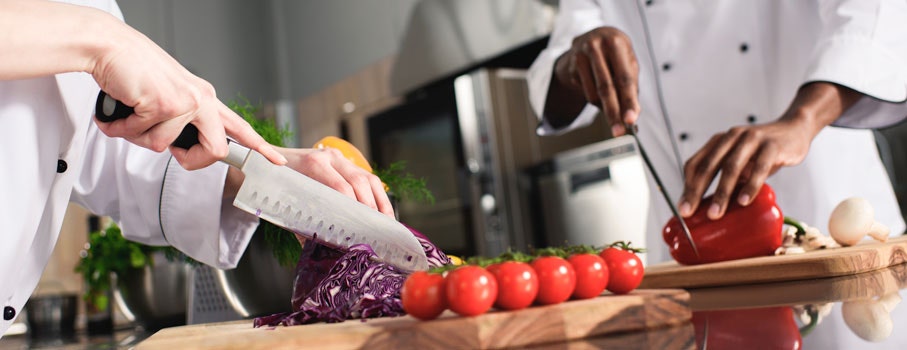
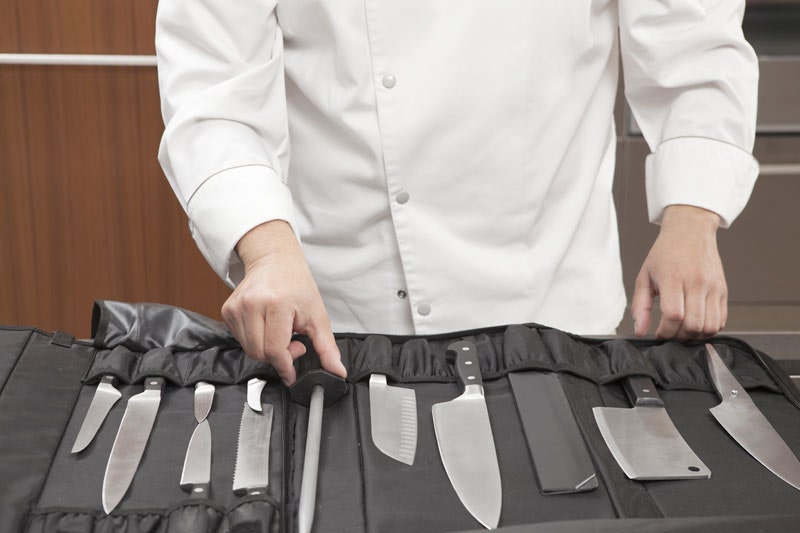
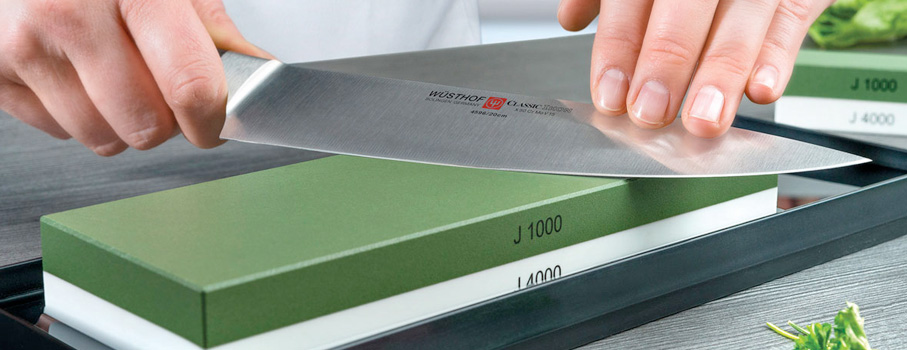
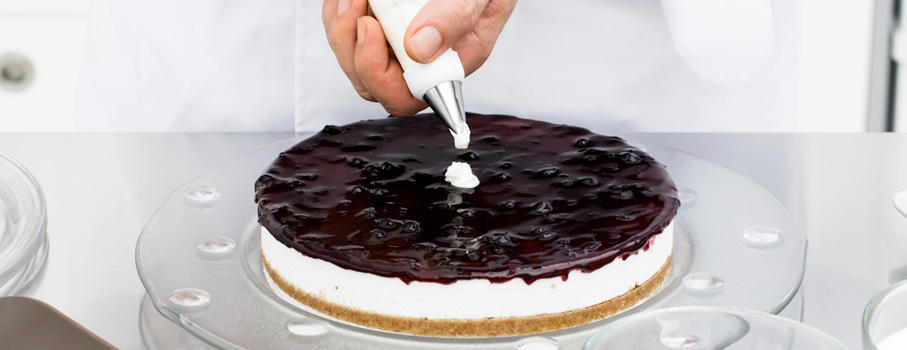

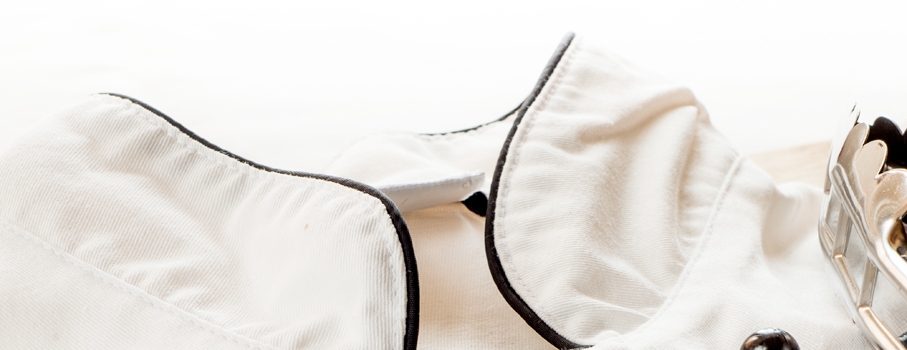
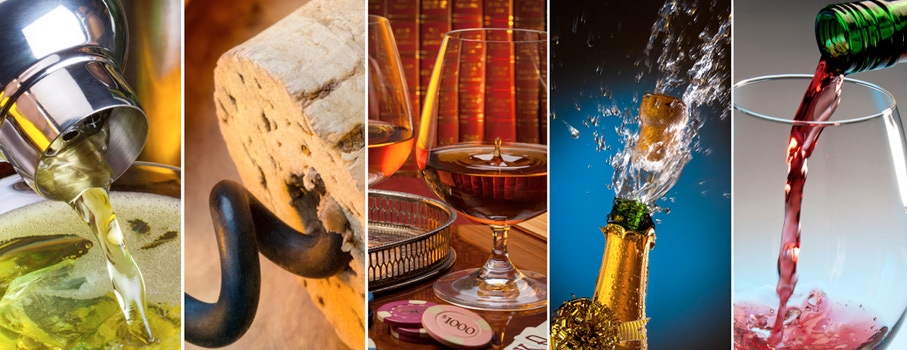
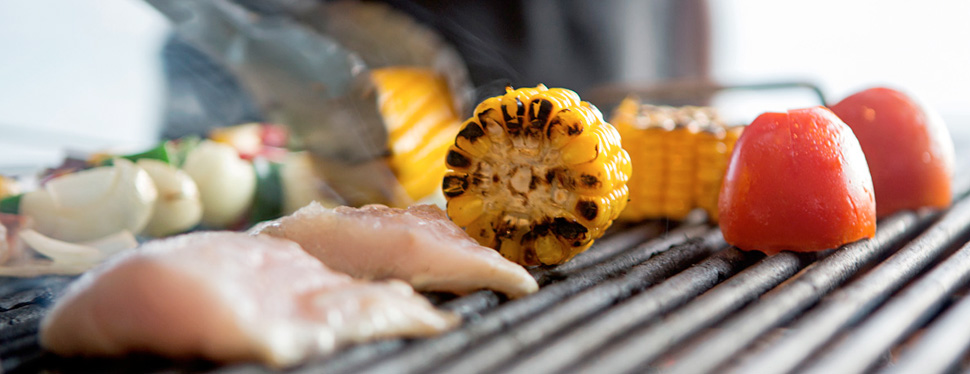

 IT
IT FR
FR
